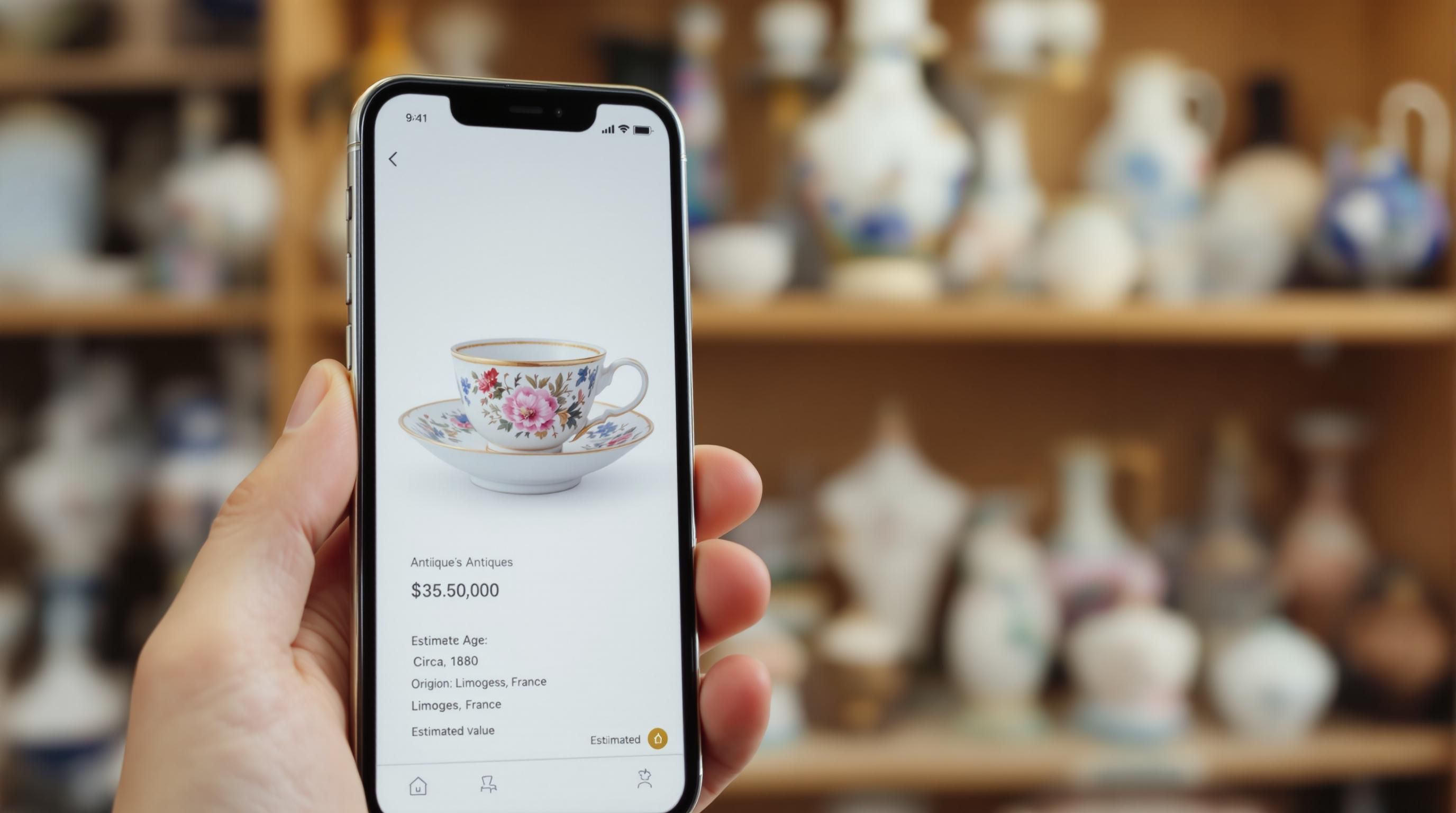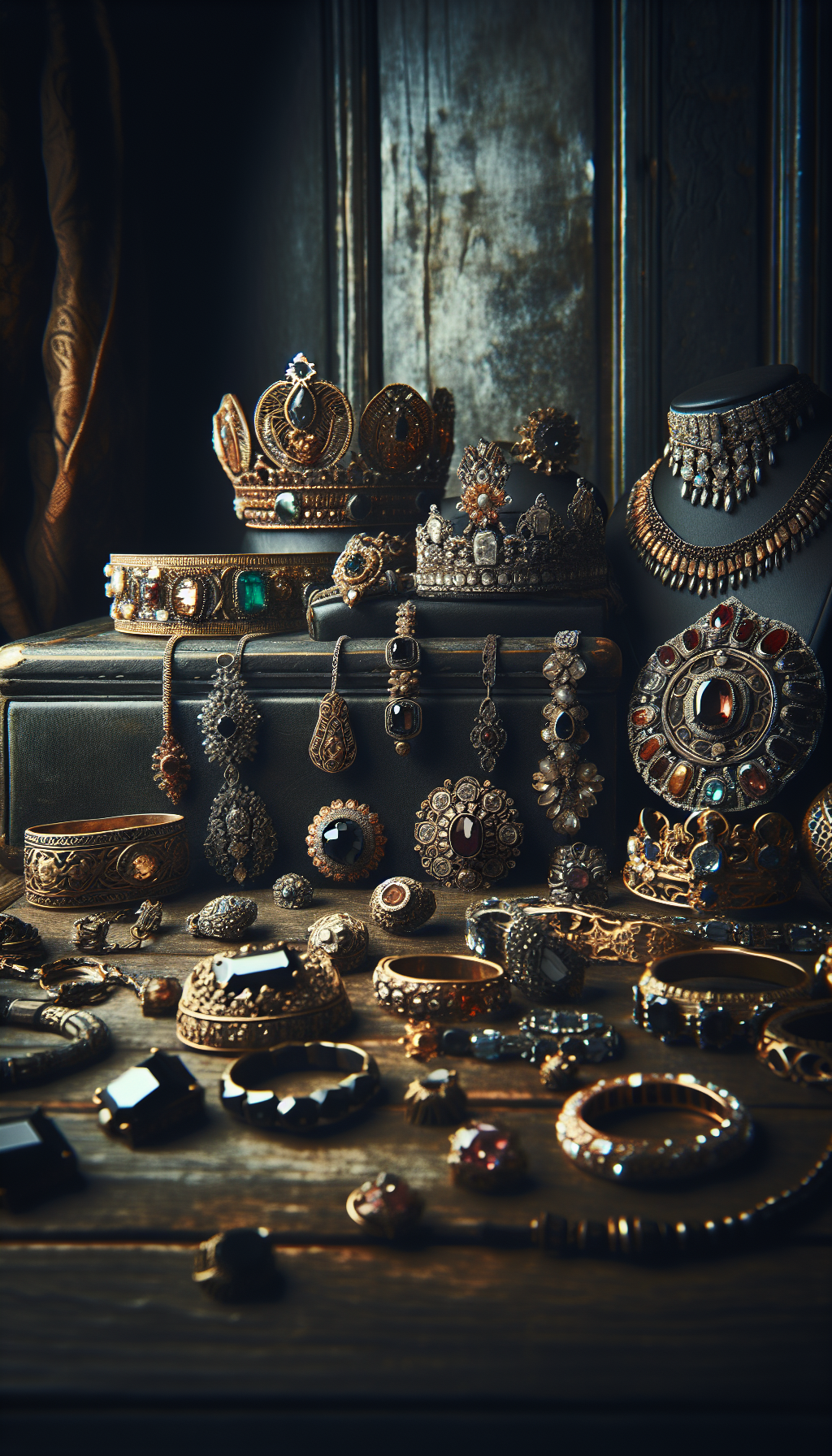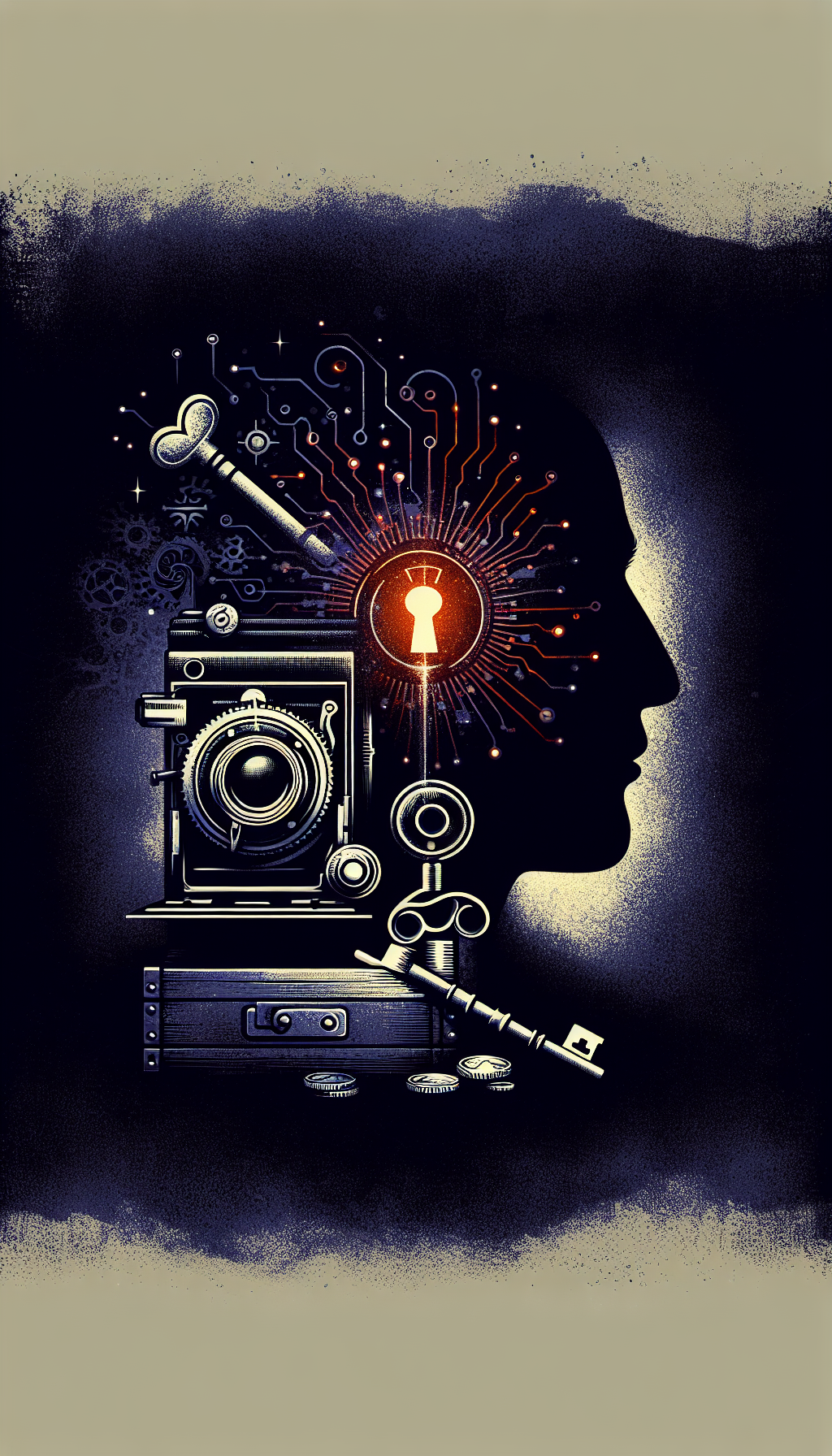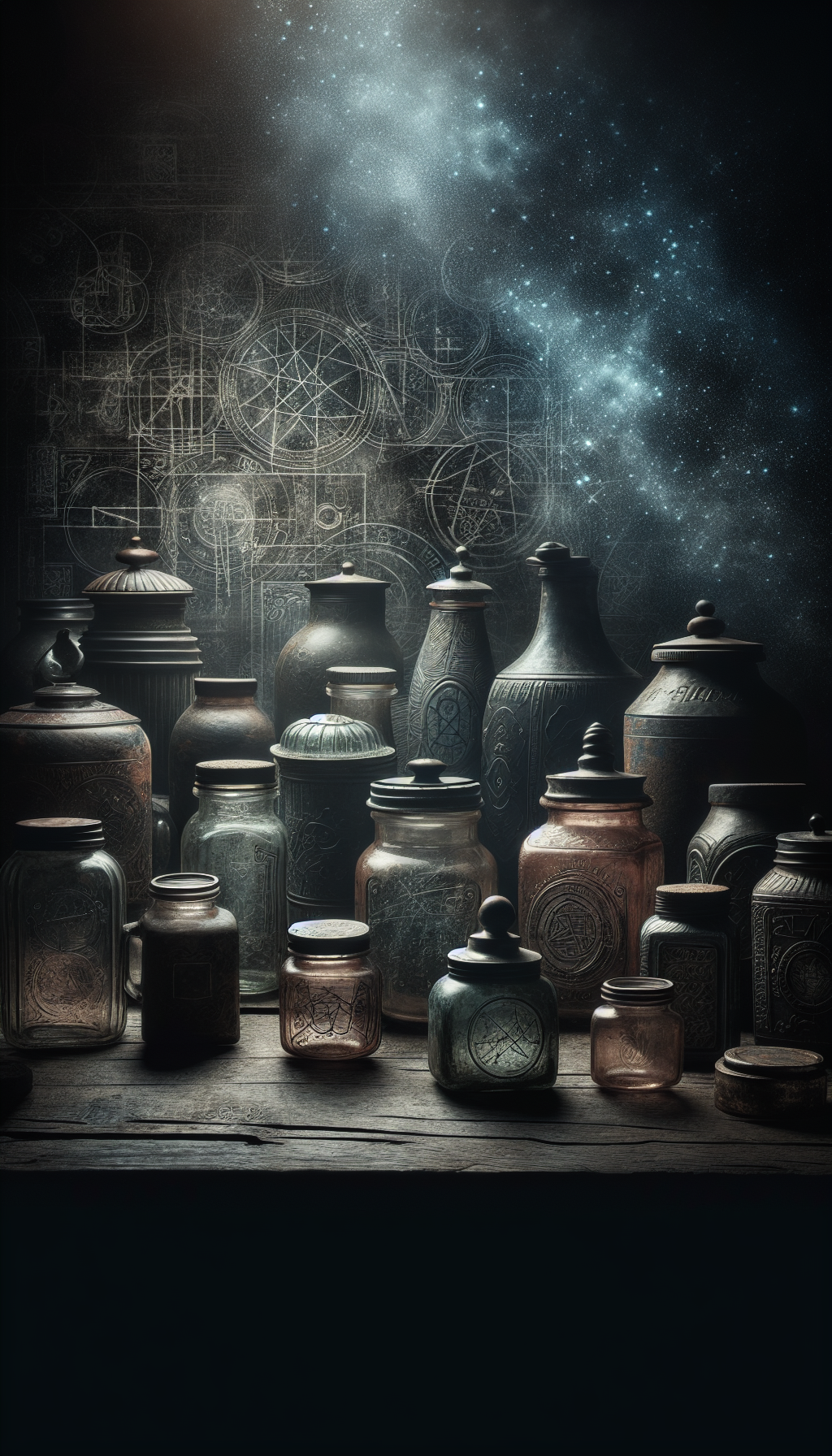The Digital Revolution in Antique Identification
The question “Is there a free app to identify antiques?” is one we hear frequently from both novice collectors and experienced dealers looking to streamline their appraisal process. The good news is that several free and freemium apps now exist that can help you identify antiques using just your smartphone camera and an internet connection.
In this comprehensive guide, we’ll explore the best free apps available for antique identification, evaluate their features, accuracy, and limitations, and provide expert tips on how to get the most accurate results when using digital tools to identify your treasures.
Antique Identification App Usage
Top Free Apps for Antique Identification

1. Google Lens: The Universal Visual Search Tool
Google Lens stands out as perhaps the most accessible and versatile free tool for antique identification. Available as part of the Google app on both iOS and Android devices, this powerful visual search engine can identify objects, read text, and find visually similar items online.
How to use Google Lens for antique identification:
- Open the Google app on your smartphone
- Tap the camera icon in the search bar
- Take a photo of your antique or upload an existing image
- Review the search results, which often include similar items for sale online
Google Lens excels at identifying distinguishable items with clear markings or designs, such as porcelain patterns, furniture styles, and recognizable collectibles. While it doesn’t provide formal appraisals, seeing comparable items for sale can give you a rough idea of market value.
As demonstrated in several YouTube tutorials, including “How To Use Google Lens On An iPhone To Identify Vintage China”, the tool has become increasingly popular among collectors for its convenience and surprising accuracy.
2. Curio - Antique Identifier
Curio is a dedicated antique identification app available on both Google Play and Apple’s App Store. With a 4.6-star rating from over 450 users, it has established itself as a leader in the antique identification app market.
Key features:
- Clean, user-friendly interface designed specifically for antique identification
- Photo-based identification using AI technology
- Information on history, origin, and approximate value
- Database covering a wide range of antique categories
While Curio offers a free version with limited identifications, it uses a subscription model for unlimited access. The app is particularly strong at identifying furniture, porcelain, silver, and art pieces.
3. Antique ID - Identify & Value
Available on the App Store, Antique ID offers a free trial that allows users to experiment with all its features before committing to a purchase. With a 4.1-star rating, it has quickly gained popularity among iOS users.
What sets it apart:
- Simple “snap, scan, discover” process
- AI-powered identification technology
- Detailed information about age, origin, and materials
- Value estimates based on current market data
- Coverage of diverse antique categories
According to Apple App Store reviews, users find it particularly helpful for identifying furniture, jewelry, and decorative arts.
4. Antique Identifier: Antique ID
This Android application available on Google Play focuses not only on antiques but also extends to collectible coins, rare stamps, and valuable banknotes. With a 3.9-star rating, it offers a more specialized approach to certain collectible categories.
Notable features:
- Quick identification using AI technology
- Specialized databases for coins, stamps, and banknotes
- Information on rarity and condition factors
- Free basic identification with premium features available
5. Antique AI: Antique Identifier
This iOS app leverages cutting-edge AI technology to identify antiques with a 4.5-star rating. It offers a modern interface and prides itself on continuous learning to improve identification accuracy.
Strengths:
- Advanced AI recognition technology
- Identification of a broad range of antiques and vintage items
- Educational information about identified pieces
- Regular database updates
- Free basic features with premium options
How Accurate Are Antique Identification Apps?
The accuracy of antique identification apps varies widely depending on several factors:
Type of item: Most apps perform better with items that have distinctive visual characteristics or clear markings. Furniture, pottery, porcelain, and branded items tend to get more accurate results than generic or unmarked pieces.
Photo quality: Clear, well-lit photos from multiple angles dramatically improve identification accuracy. Poor lighting, blurry images, or incomplete views can lead to misidentifications.
Database comprehensiveness: Specialized antique apps typically have more focused databases than general visual search tools like Google Lens, which may provide better identification for certain categories.
Uniqueness of the item: Mass-produced items are generally easier for apps to identify than rare, unique, or handcrafted pieces.
According to a Reddit discussion in r/Antiques, many collectors use these apps as starting points rather than definitive sources. As one user noted, “They’re great for initial identification, but I always verify with additional research.”
App Features Comparison
Comparing key features of popular antique identification apps
</tbody>
</table>
Tips for Getting the Most Accurate Results
1. Take Multiple High-Quality Photos
For the best identification results:
- Use good lighting (natural light is ideal)
- Capture multiple angles of the item
- Take close-up photos of any marks, signatures, or distinguishing features
- Include a size reference in at least one photo
- Clean the item (if safe to do so) before photographing
2. Know What to Look For
Before using an app, familiarize yourself with the key identifying features of different types of antiques:
Pre-Identification Checklist
Check for these important elements before using an identification app
- Maker's marks, signatures, or stamps
- Manufacturing techniques and materials
- Patina and signs of age appropriate to the period
- Style characteristics typical of specific eras
- Serial numbers or model identifiers
3. Try Multiple Apps
Each app has different strengths and databases. When identifying a valuable or unusual piece, try several different apps to compare results. Start with Google Lens for a broad search, then use specialized antique apps for more detailed information.
4. Verify With Additional Research
Apps should be considered starting points rather than definitive sources. After getting initial identification:
- Search for similar items on auction sites like eBay, LiveAuctioneers, or Invaluable
- Consult reference books specific to your item category
- Check manufacturer catalogs or online databases
- Visit antique forums or social media groups for collector input
5. Understand Valuation Limitations
While many apps provide estimated values, these should be taken as rough guidelines rather than definitive appraisals. Market values for antiques can vary widely based on:
- Regional variations in demand
- Current collecting trends
- Condition specifics that apps may not detect
- Provenance and history of the specific item
For valuable items, an in-person appraisal from a certified appraiser remains the gold standard.
Beyond Apps: Complementary Identification Methods

Online Communities and Forums
Several active online communities can help identify antiques when apps fall short:
- Reddit’s r/Antiques and r/AntiqueBooths
- Facebook groups dedicated to specific types of antiques
- Specialized forums for collectors
In these communities, experienced collectors and dealers often provide identification assistance based on photos and descriptions.
Reference Libraries
Many public libraries maintain reference sections with valuable antique identification guides. Some specialized libraries even offer free identification services by appointment.
Antique Shows and Markets
Dealers at antique shows can often provide quick identifications based on their specialized knowledge. While they may not offer free formal appraisals, many are willing to share information about items similar to those they sell.
Museum Curators
Some museums offer identification days where curators will examine items brought by the public. These events typically provide identification but not valuation, making them a valuable educational resource.
Evolution of Antique Identification Methods
- Pre-1990s
Traditional Expertise
Identification relied primarily on experts, reference books, and apprenticeship learning. Knowledge was concentrated among dealers, auctioneers, and museum curators. - 1990s-2000s
Early Online Resources
Collector forums, specialized websites, and early online marketplaces began to democratize antique knowledge, though expertise remained highly fragmented. - 2010-2015
Image Search Revolution
Google Image Search and similar tools allowed users to find visually similar items, though results required significant filtering and interpretation. - 2015-2020
Mobile Visual Search
Google Lens and early specialized apps brought visual search capabilities to smartphones, making instant identification attempts possible anywhere. - 2020-Present
AI-Enhanced Identification
Advanced AI algorithms and specialized databases have dramatically improved identification accuracy for certain categories of antiques.
When to Seek Professional Appraisal
Free apps are excellent tools for curiosity, initial research, and rough identification, but they have significant limitations. Consider seeking professional appraisal services in these situations:
High-value items: If your initial research suggests significant value (generally over $1,000), a professional appraisal provides more reliable valuation.
Insurance documentation: Insurance companies typically require professional appraisals for valuable antiques and collectibles.
Estate planning or division: When antiques must be divided among heirs or included in estate planning, professional documentation ensures fairness and accuracy.
Potential museum donations: Museums generally require professional authentication and provenance research.
Tax deductions: Charitable donations of valuable antiques require qualified appraisals for tax purposes.
Sale preparation: When preparing to sell valuable antiques, professional appraisals help establish appropriate asking prices and provide documentation that builds buyer confidence.
Professional appraisers bring several advantages over app-based identification:
- In-person examination of condition, materials, and construction
- Specialized knowledge of specific categories
- Access to auction records and private sale data
- Understanding of regional market variations
- Ability to detect reproductions and fakes
- Professional liability insurance
External Resources for Antique Identification
Curio - Antique Identifier
The official website for the Curio app, offering antique identification through AI technology on both iOS and Android platforms.
Antique ID - iOS App
The Apple App Store page for Antique ID, a free-to-try antique identification app with detailed information about item history and value.
Google Lens for Antique Identification
A helpful YouTube tutorial demonstrating how to use the free Google Lens tool to identify and value collectibles.
Using Google Lens to Identify Vintage China
A detailed guide showing how to identify antique china patterns using Google Lens on an iPhone.
Reddit Antiques Community
An active online community where users can post images of unknown items for identification help from collectors and experts.
Antique Identifier App on Google Play
The Google Play page for the Antique Identifier app, which helps identify antiques, collectible coins, rare stamps, and valuable banknotes.
Common Questions About Antique Identification Apps
What is the best free app to identify antiques by picture?
Google Lens is widely considered the most accessible and versatile free app for identifying antiques by picture. It's available on both iOS and Android as part of the Google app. While it's not specifically designed for antiques, its vast visual database makes it effective for initial identification of many vintage items.
For a free app specifically designed for antiques, Curio offers limited free identifications before requiring a subscription, and Antique ID provides a free trial period with full features. Each has different strengths depending on the type of antique you’re trying to identify.
How accurate are antique identification apps?
The accuracy of antique identification apps varies widely depending on:
- The type and distinctiveness of the item
- The quality of photos you provide
- The app’s specialized database
- Whether the item has clear markings or signatures
In general, these apps are most accurate with well-known, mass-produced items that have distinctive designs or clear maker’s marks. They tend to be less reliable with handcrafted items, unmarked pieces, or very rare antiques.
Most experienced collectors and dealers use these apps as starting points rather than definitive sources, and verify results through additional research.
Can Google Lens identify antique furniture?
Yes, Google Lens can identify many pieces of antique furniture, particularly those from well-known periods or manufacturers with distinctive design characteristics. It works by matching visual elements of your furniture with images in its database.For best results when using Google Lens to identify antique furniture:
- Take photos from multiple angles
- Capture any maker’s marks, hardware details, or distinctive elements
- Include clear images of joinery and construction techniques
- Photograph the furniture in good lighting
While Google Lens can provide a good starting point, it’s most effective for identifying general styles (like "Victorian sideboard" or "Mid-century modern credenza") rather than specific manufacturers or precise dates.
Do any apps provide free antique appraisals?
While several apps offer general value estimates as part of their identification services, none provide true professional appraisals for free. Apps like Curio and Antique ID may include estimated value ranges based on similar items in their databases, but these should be considered rough guidelines rather than formal appraisals.True appraisals require:
- In-person examination
- Assessment of condition and authenticity
- Research of comparable sales
- Professional expertise in the specific category
- Documentation of findings
For items of significant value or for insurance, estate, or tax purposes, a professional appraisal from a certified appraiser remains necessary.
How can I take better photos for antique identification apps?
To maximize identification accuracy:
- Use natural lighting: Photograph items near a window with diffused natural light when possible
- Create contrast: Place items against a plain background that contrasts with their color
- Capture multiple angles: Include front, back, bottom, and side views
- Focus on details: Take close-ups of signatures, marks, patterns, and hardware
- Include scale reference: Place a ruler or common object in one photo to show size
- Clean the item: Gently clean the item if safe to do so to reveal details
- Eliminate shadows: Use multiple light sources or reflectors to minimize shadows
- Keep steady: Use a tripod or stabilize your phone for sharp images
- Fill the frame: Let the item fill most of the image for maximum detail
Avoid flash: Flash photography often creates glare and distorts colors
Can these apps identify fake or reproduction antiques?
Most antique identification apps have limited ability to distinguish between authentic antiques and high-quality reproductions or fakes. This remains one of the biggest limitations of digital identification tools.The apps primarily match visual characteristics to database entries, but can’t effectively analyze:
- Materials and their age-appropriate wear
- Construction techniques specific to different periods
- Patina development consistent with age
- Subtle differences in proportion and detail that experts recognize
When authentication is important, particularly for valuable items, in-person examination by an expert remains essential. Some telltale signs of reproductions, such as modern fasteners or materials, can only be detected through physical inspection.
What types of antiques are these apps best at identifying?
Antique identification apps typically perform best with:
- Items with clear maker’s marks: Porcelain, silver, and branded furniture with visible stamps or signatures
- Pattern-based items: China patterns, recognizable textile designs, and wallpaper
- Mass-produced collectibles: Cookie jars, depression glass, and common collectible figurines
- Distinctive design styles: Furniture and decorative items from well-defined periods like Art Deco or Mid-century Modern
- Coins and currency: Apps designed for numismatics often have extensive databases
They generally struggle more with:
- Anonymous handcrafted items
- Regional or folk art pieces
- Heavily modified or damaged items
- Very rare or unusual antiques
Items whose value depends heavily on provenance
Conclusion: The Future of Digital Antique Identification
Free antique identification apps represent a remarkable democratization of knowledge that was once accessible only to experts and serious collectors. Tools like Google Lens, Curio, and other specialized apps have transformed how we interact with the antiques and collectibles we encounter in our daily lives.
While these apps can’t replace the nuanced expertise of professional appraisers, they provide an accessible entry point for curious collectors, estate sale hunters, and anyone who has wondered about the history and value of an inherited heirloom.
The most effective approach combines the convenience of digital tools with traditional research methods:
- Start with app-based identification to narrow down possibilities
- Verify and expand your knowledge through books, online research, and collector communities
- For valuable or significant items, consult with professional appraisers
As AI technology continues to advance, we can expect antique identification apps to become increasingly accurate and specialized. However, the authentication of valuable antiques will likely remain a domain where human expertise, physical examination, and provenance research maintain their importance.
Whether you’re a serious collector or simply curious about a flea market find, today’s free antique identification apps offer an unprecedented opportunity to connect with the stories and history embedded in the objects around us.
Get a Professional Appraisal
Unsure about your item’s value? Our certified experts provide fast, written appraisals you can trust.
- Expert report with photos and comps
- Fast turnaround
- Fixed, upfront pricing
No obligation. Secure upload.
| Category | Price | Notes | |
|---|---|---|---|
| App Name | Platform | Free Features | Premium Features |
| Google Lens | iOS, Android | Unlimited visual searches, similar item identification | Completely free |
| Curio | iOS, Android | Limited identifications | Unlimited IDs, detailed history, value estimates |
| Antique ID | iOS | Trial period with full features | Unlimited IDs, value estimates, expert advice |
| Antique Identifier | Android | Basic identification | Specialized coin, stamp, and banknote database |
| Antique AI | iOS | Limited identifications | Unlimited IDs, detailed information, regular updates |




